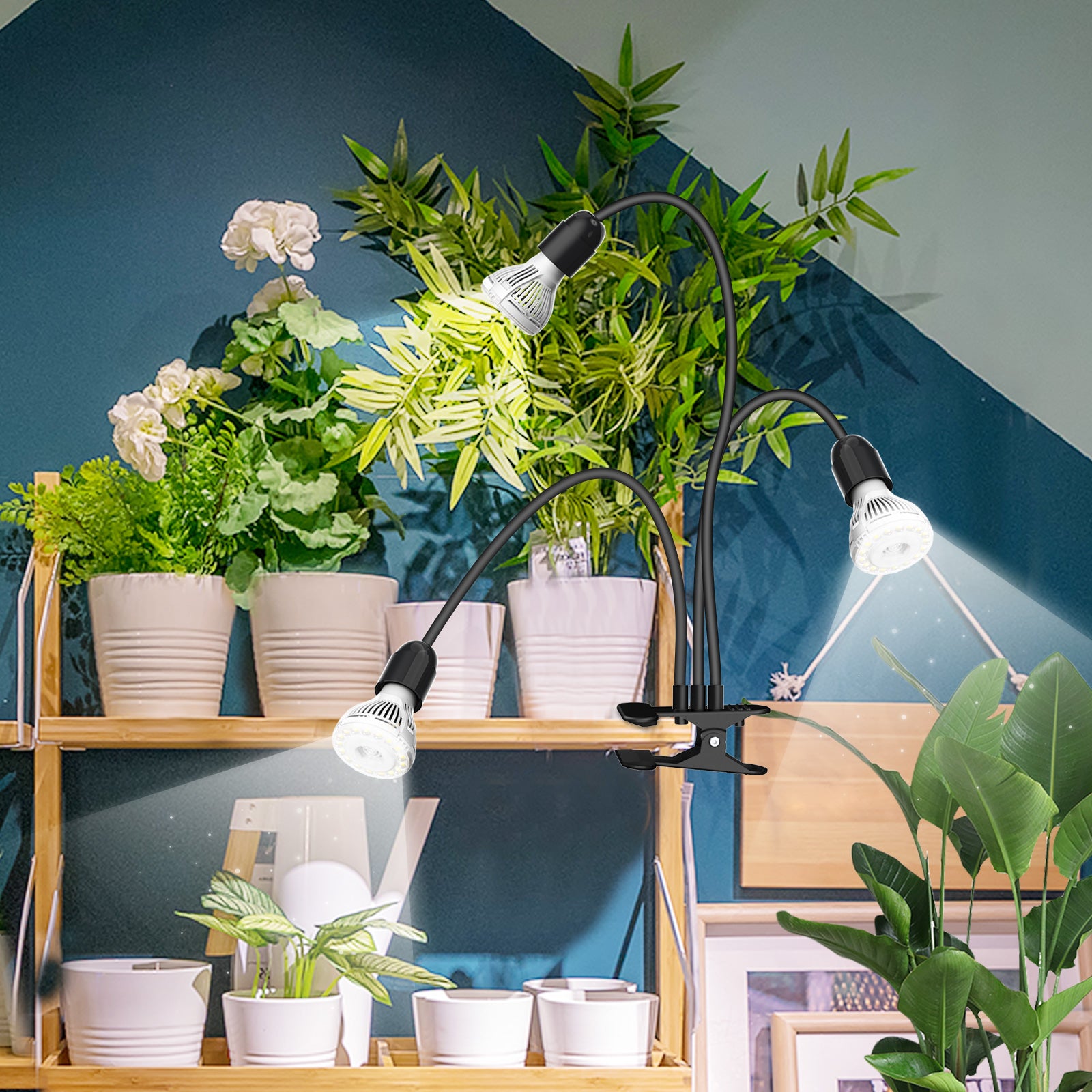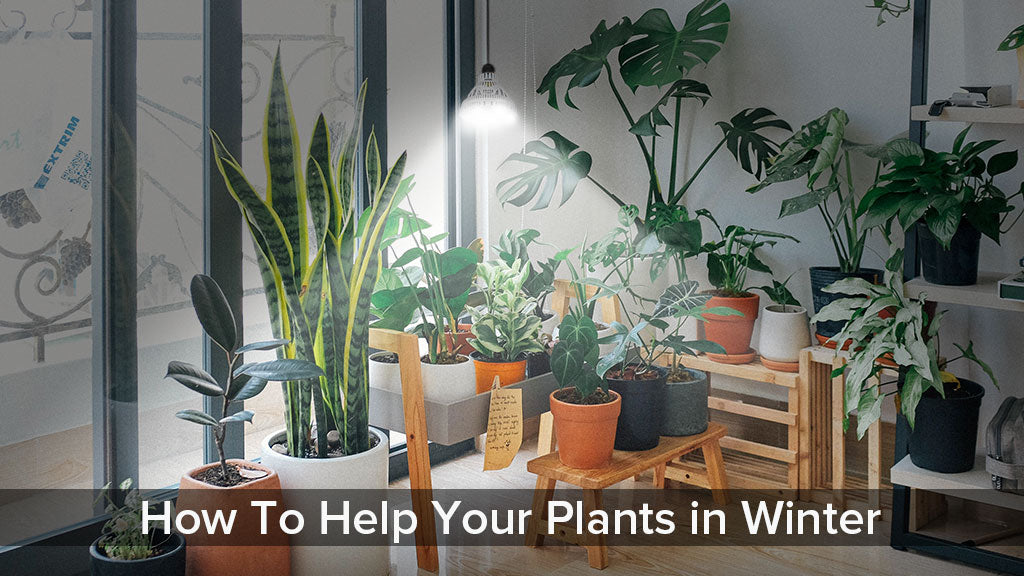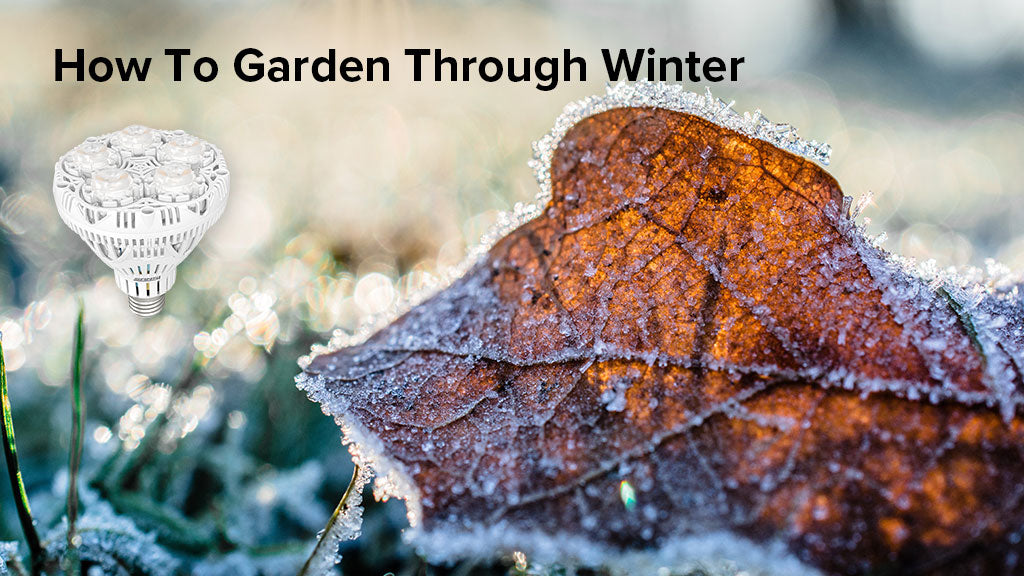
Autumn is well underway now and the temperatures are dropping with colder drier air. This can be an issue for plants. With reduced sunlight hours and lower temperatures, the plants may need to be taken indoors and given some supplemental lighting.
Step 1 Prepare the Plants for Winter
Houseplants usually take a breakthrough winter so it may be best to give them the attention they need. Here are some things we can do to help them through the long incoming winter.
Research how much water the plants need: For a lot of plants during winter watering them can be reduced significantly. Even down to every 2-4 weeks for some indoor houseplants through winter is reasonable. For cacti and succulents, they may even require no watering at all through winter. So be careful and look up how much watering your indoor plants need over the winter months.

Prevent a dust build-up: Dust can accumulate on the plant’s leaves and they need to be cleaned. Although a dust builds up on a plant’s leaves may seem like a small issue, a build-up of dust does reduce their ability to photosynthesize.

Cut Off Leaves: Any leaves that are browning, yellowish or seem to be struggling cut them off and allow for wasted nutrients in these brown leaves to go to places better suited. Leading to a healthier stronger plant long-term.

Humidity: If your radiators are on and the house is warming up the air within the home will be drier, leading to your plants potentially drying out. There are some ways to increase the humidity for plants:

Put them close together In a large group and they will create a mini-climate
Sprinkle some water on them multiple times a day
Place water near them in a basin
Are Your Plants Getting Enough Light?

The lower levels of light will impact your plants. While some indoor houseplants work well with low levels of light through winter, tropical plants do not. If you’ve placed them by the window to try and up their daylight exposure look for some telltale signs:
Spindly stem
Smaller leaves
Pale colors
If your plants are beginning to show any of these signs due to lack of sunlight an indoor supplemental light may be the solution.
Use A Grow Light

If your plants are struggling inside your home with a lack of sunlight, warmth, and humidity it may be time to utilize an indoor grow light. The good thing about adopting indoor grow lamps is that they allow you to supplement and control the plant’s vegetative growth and blooming phases. General indoor lamps can provide enough wavelengths to supplement your plants and help them grow. However, if you want to have your plants blossom or grow out of season an indoor LED grow light may be the best option.
LED indoor grow lights are customizable and can offer full spectrum beams with your plants designer blue to red ratio with the desired mix of wavelengths within each chip. Producing a more natural and healthier light for your plants.
LED Indoor Grow Light Options
The SANSI 36W indoor grow light is one of the best lights you can currently get on the market. Its small, versatile and can be simply installed anywhere within a residential or commercial property. SANSI’s 36W full spectrum grow lights are suitable for small, medium, and large scale grows. Each LED chip is full-spectrum having the full wavelength range to replicate natural sunlight. With a higher Red: Blue ratio to promote overall growth and size of the plant. This is also seen by the light’s beam containing far-red wavelengths.
SANSI’s 36W full spectrum LED indoor grow light is a unique and practical way to light your indoor plants. They’re small-sized, simple to install, and cost-effective. With their long lifespan and healthy beams, these lights are one of the best indoor grow lighting options today!





Leave a comment
All comments are moderated before being published.
This site is protected by hCaptcha and the hCaptcha Privacy Policy and Terms of Service apply.